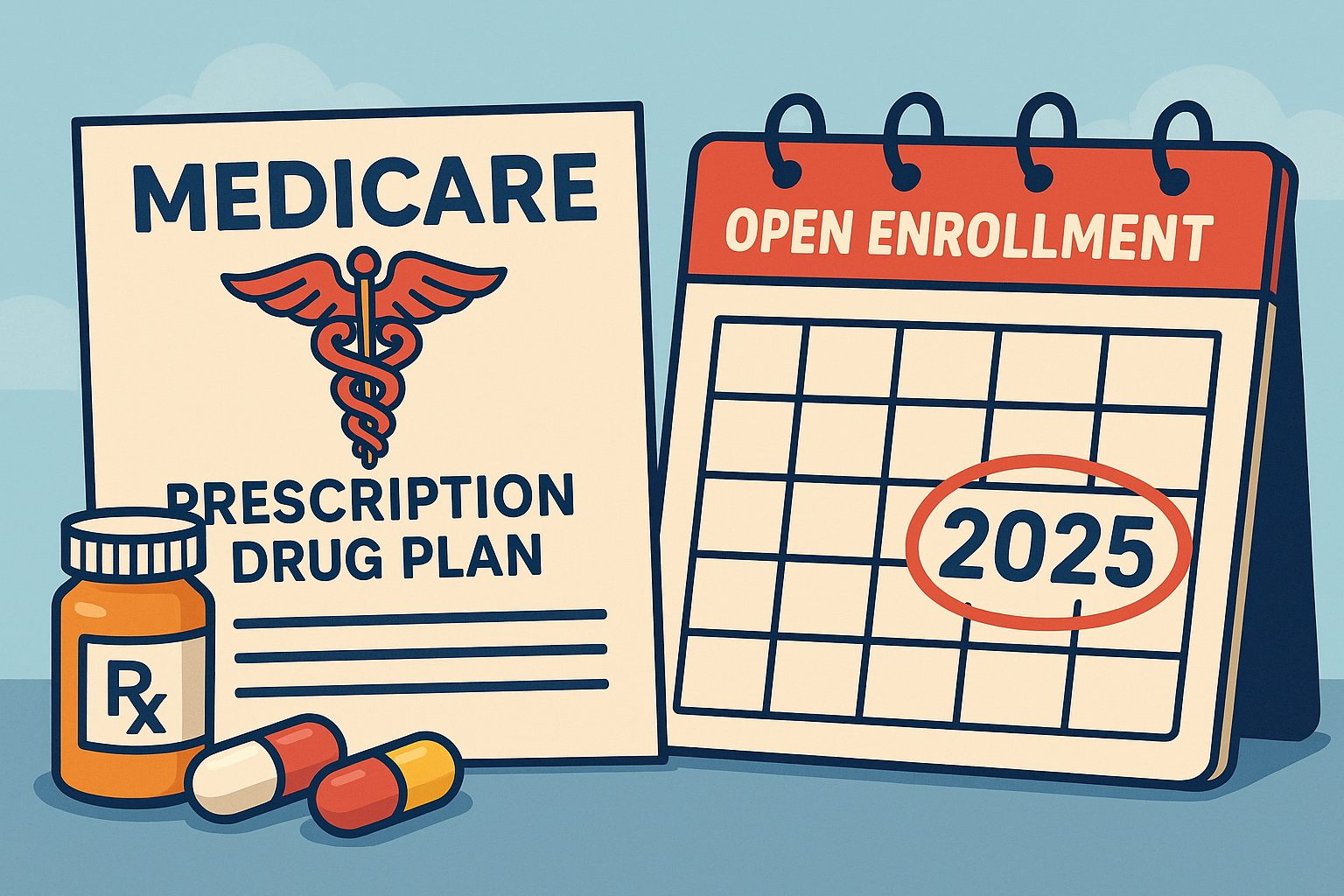Bloomberg by David Goldhill –
October 6, 2013:
Ignore the inevitable startup glitches. The new health-insurance exchanges will work just fine — in the sense that all government health-care programs work: Many people will ultimately become dependent on them for coverage. That won’t mean the exchanges have fulfilled their promise, however.
Forget the superficial comparisons to a commodity exchange, an online retailer or even a bulletin board. The health exchanges won’t resemble any other marketplace. Over time, rather than encourage insurance providers to offer ever more attractive and affordable policies, the exchanges are poised to push up the cost not only of insurance but also of health care itself. That means, if the history of U.S. health-care policy is any guide, the exchanges’ very “success” will have the effect of limiting access to care for the 30 million people who are estimated to remain uninsured.
Why are things set to go so badly? Because the architects of the health-care exchanges have relied on three crucial assumptions, all of which are probably wrong.
First, they have assumed that if insurers are prevented from competing on benefit design or on underwriting, they will compete on price. But why should they compete at all?
Limited Competition
The exchanges embody what seems like a simple trade: In return for many new customers, insurers accept broad restrictions on their freedom to design and market policies. The biggest requirement is that they agree to insure at the same policy price any and all customers, regardless of their health (with only small formulaic adjustments for age and smoking). From a consumer point of view, that sounds great, and indeed it’s one of the most popular elements of the Affordable Care Act. But from the insurer’s perspective, it courts disaster. With too many sick or high-risk people in its pool an insurer can lose money. So the insurer’s smartest approach is to set premiums high enough to make a profit even if it winds up with a lot of sick beneficiaries.
Competition among insurers is supposed to counteract this incentive, but the exchanges can perversely limit competition. The same pricing transparency that makes it easy for consumers to shop enables insurers to make sure they don’t charge less than their competitors do. This is how airlines take advantage of their electronic exchanges. It’s not as if insurance is currently a competitive market; even most private companies have trouble getting more than one bid for employee coverage. Rather than compete aggressively for customers, insurers can use exchanges to informally divide the market among themselves at high premiums.
Understanding Health Insurance Exchanges
The designers of the health-care exchanges have also assumed that consumers, by shopping for the best deal, will drive down premiums. However, a major flaw in the design of insurance subsidies will insulate almost all of the initial customers — the estimated 20 million subsidized households — from concern about how much their policies cost.
Now, it’s not supposed to work this way. Only those Americans who don’t get insurance at work and who have income that puts them between 100 percent (138 percent in Medicaid expansion states) and 400 percent of the federal poverty level are eligible for exchange subsidies. As income rises within this bracket, the subsidy shrinks. But in practical terms, everyone who is subsidized has an infinite subsidy that will make them insensitive to premium levels.
How can that be? Let’s take an example. A family of four at 138 percent of the poverty level ($32,499) has its premium capped at 3.29 percent of income or $1,071. The rest is subsidy. So, if the cost of a silver plan is $10,000, the subsidy for this family
is $8,929. A family at 400 percent of the poverty level ($94,200) has to pay up to 9.5 percent of its income for a plan, or $8,949. So the same $10,000 premium carries a subsidy of only $1,051.
essay help service
Insurer’s Perspective
But now look at those two families from the insurer’s perspective. A $10,000 plan already costs more than the maximum amount either family would pay. If the insurer raises the premium to $10,001, both families get $1 in additional subsidy. If it raises premiums to $11,000, both families get $1,000 in additional subsidy. In other words, no matter how much an insurer raises rates, a subsidized household pays zero more.
The second-cheapest silver plan is the benchmark for setting subsidies. How can insurers push up premiums artificially on this plan when there are platinum, gold and bronze plans also for sale? Again, easy. By law, these other plans differ from silver primarily by the amount of beneficiary cost-sharing. So the insurer can simply price a silver plan as high as possible, and then adjust the premiums for the other plans accordingly. If these prices end up being too high to attract any actual customers, who cares?
Why would an insurer lose the opportunity to share 20 million price-insensitive customers just to compete for a
smaller number (the Congressional Budget Office estimates 4 million by 2016) of low-profit price-sensitive ones?
There’s one more big assumption about the exchanges at work: that the price of health insurance passively mirrors the price of health care. But there’s plenty of evidence that insurance itself can drive up the cost of care — when both insurers and beneficiaries are undisciplined in controlling prices. In what may be the single greatest source of unintended consequences in the Affordable Care Act, insurers are now required to spend at least 80 percent of revenue from premiums on care. Superficially, this means that if they set premiums too high, they will have to eventually refund much of the money that they don’t end up spending on care. But let’s say you’re running an insurance company. You can find ways to spend more money on beneficiaries’ health care — say, with more generous definitions of free preventive care, more expansive rehabilitation services or higher reimbursement rates on doctors’ services — and keep 20 percent of the all money you bring in. Or alternatively, you can spend less on care and give refunds. Easy choice.
Wrong Incentives
In the end, we have incentives for insurers not to compete, for customers not to care about price, and for insurers to drive up the cost of care. Not much of a marketplace, is it?
Of course, it’s still possible that unsubsidized people will flock to the exchanges (especially if many middle-income Americans lose access to coverage at work), rebalancing insurers’ competitive interests. Or that the growing cost-sharing in all insurance will continue to moderate overall demand for services. Or that insurers will figure out clever ways to segregate price-insensitive (subsidized) buyers from price-sensitive ones.
What’s more likely, though, is that the exchanges will fit into a long pattern of U.S. health-care policy: They will serve a constituency (a policy triumph) while driving up the cost of care (which will be blamed on external factors).
When Medicare was enacted in 1965, seniors spent about 10 percent of their income on health care and worried about the cost. Today, seniors spend almost double that — about 17 percent of their income — on health care and, of course, still worry about cost. Medicare exceeded its
budget projections from day one, and its unlimited-entitlement structure led to an explosion in the volume of care. Nevertheless, the program is hailed as a great success in many corners, and its beneficiaries consider it irreplaceable.
The new exchanges will undoubtedly also be hailed as a success — no matter how much havoc their perverse incentives cause.



